Folklore museum of Livadi
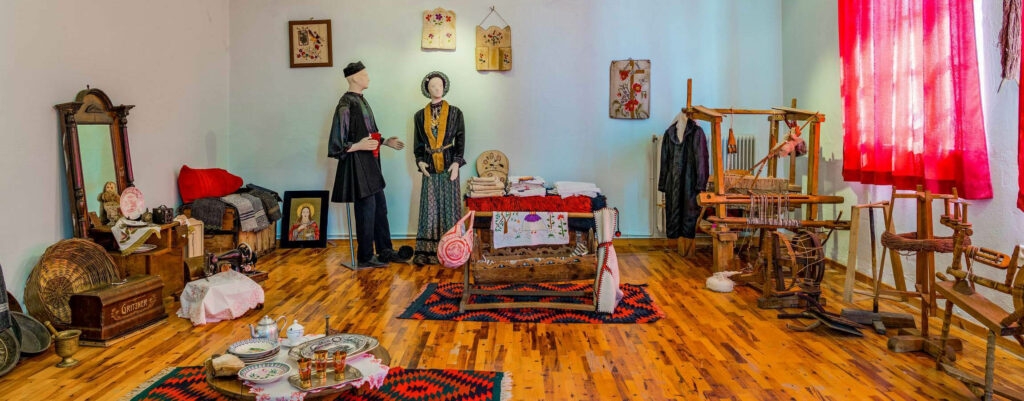
The Folklore Museum of Livadi contains numerous artifacts, old tools, photographs and objects reflecting the locals’ daily life.
Monastery of Agia Triada | Livadi
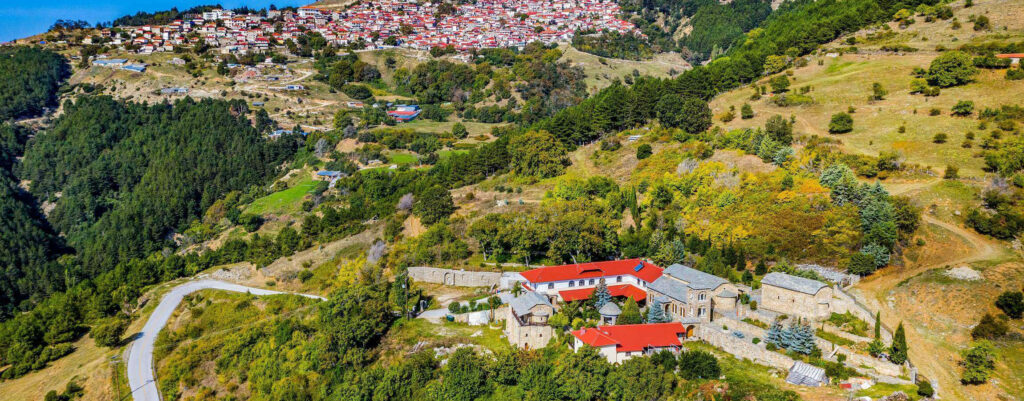
The Monastery of the Holy Trinity is situated near the village Livadi. The chapel of Agios Charalampos is an aisleless church with a gable roof and was renovated in 1761.
Agia Triada-Sparmos monastery
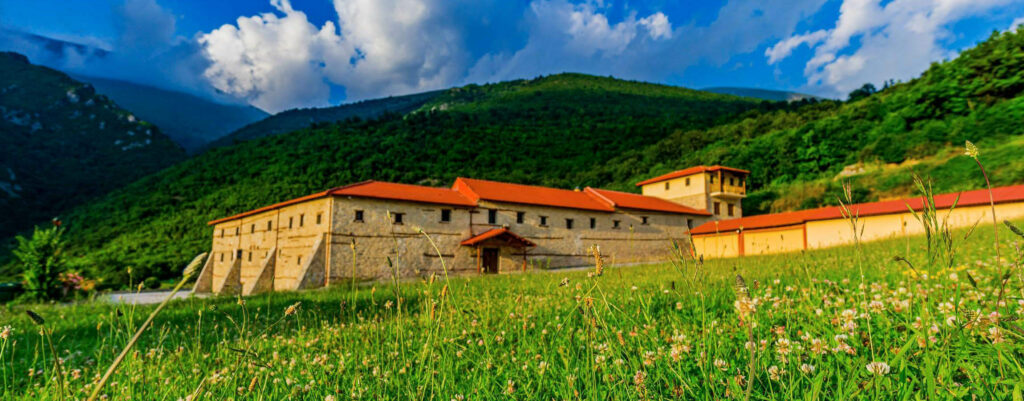
The Sparmou Monastery is situated on the slopes of Olympus and was built in the 16th century. In the 18th century it had about 150 monks and a huge estate. Its katholikon is a small aisleless basilica with a narthex dedicated to the Holy Trinity and adorned with lovely murals from the 19th century.
Castle of Platamonas
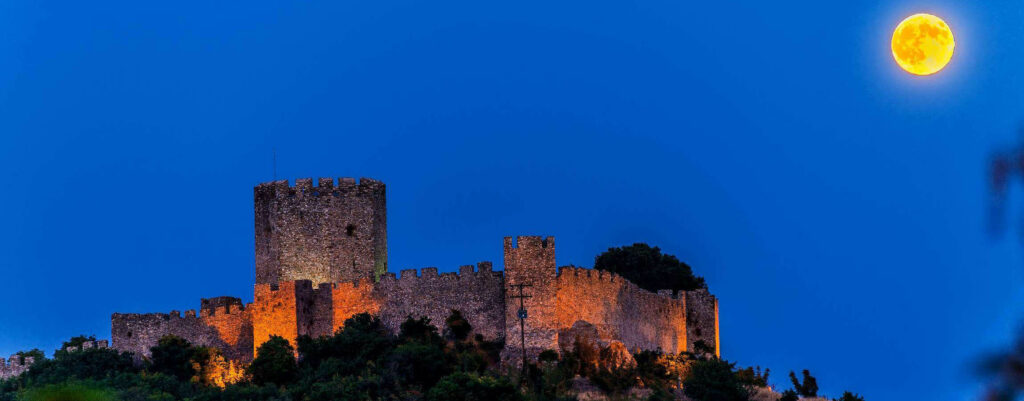
Platamon Castle, dating back to the mid-Byzantine period (10th century), was built over the grounds of the ancient city of Heraklion and was restored by the Franks after 1204, the Byzantines during the 14th century, and the Turks.
It is one of Greece’s best-preserved castles consisting of a defensive stone-wall and an octagonal fortress tower. Recent excavations have revealed a Byzantine church, dating between the 10th and the 11th century, houses belonging in the same period, an 18th century chapel, as well as storage spaces and a part of the wall from the Hellenistic period (2nd century B.C.)
Controlling the passages of Olympus towards southern Greece, Platamon Castle was targeted by many foreign conquerors, but, also, by Greek revolutionists during 1821. It is open to visitors during the hours provided for archaeological monuments. During summer, it hosts many of the events organized within the context of the Olympus Festival.
Azoros
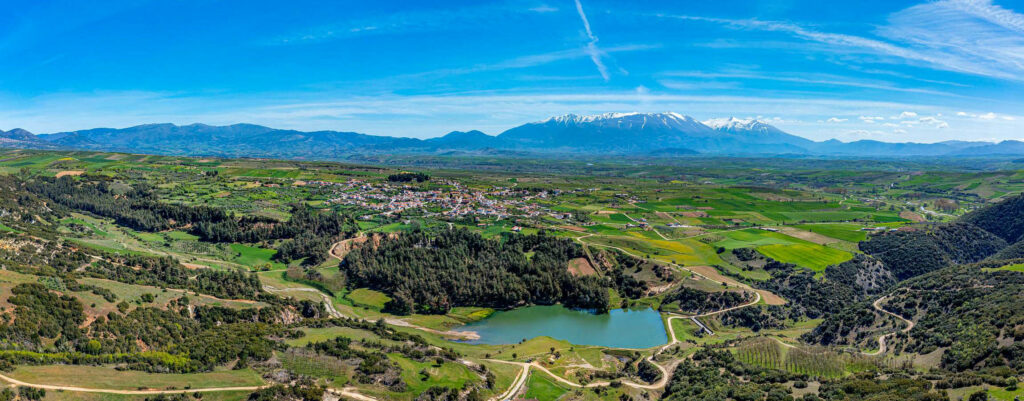
Azoros is built at an altitude of 520m and is identified with ancient Azoros, one of the towns of the Perraivic Tripolitida. It was named after the helmsman of Argo, Azoros, who took part in the Argonautic expedition. During the years of Turkish rule, the village was a dependency of the Monastery of Olympiotissa.
Ancient Livithra
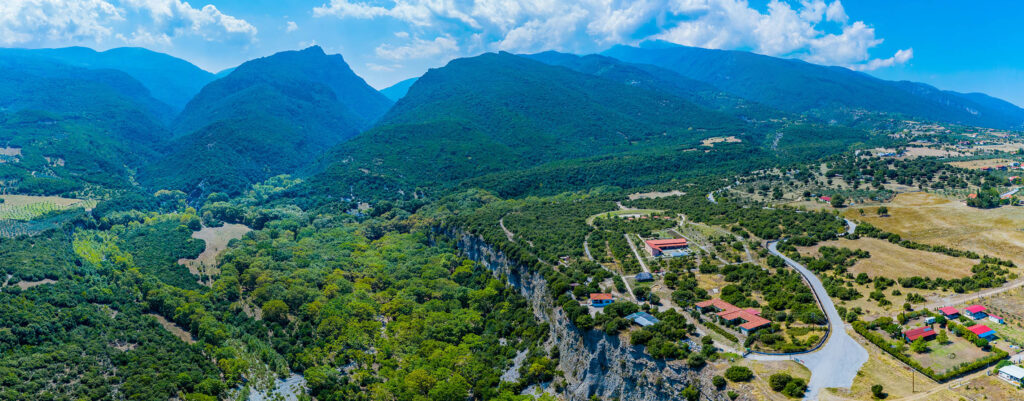
Livithra was as ancient city situated at the foot of Mt. Olympus. The city was completely destroyed due to an overflow of Sys river which archaeologists estimate coincides with today’s Ziliana stream, in the gorge of Kanala. Archaeological excavations have revealed parts of the wall, the acropolis, tombs, house floors, coins and statuettes. Tradition has it that Leivithra is the place where the mythical musician Orpheus died.
Approaching the archaeological site of Livithra is challenging and it is therefore accessible only on foot and through a magnificent plain tree forest (a declared natural monument) on the side of Leptokarya.